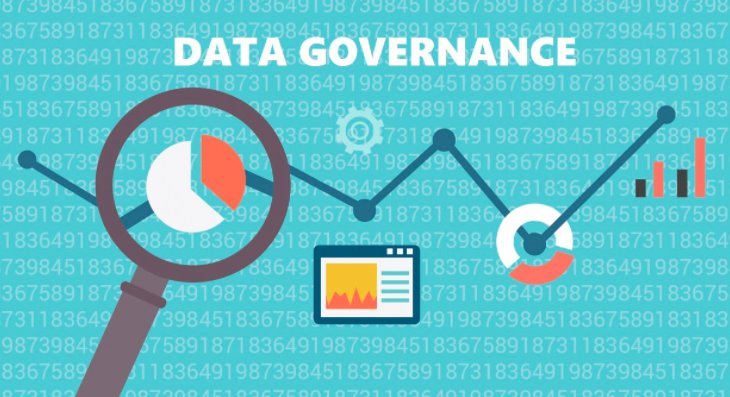
Enterprises need a data governance strategy to maintain the efficacy of their information management program. The pressure on businesses to reduce their turnaround time is increasing constantly. Add to this the issues of changing customer behavior and rising competition, and the situation becomes even more complex. Data holds the key to improve their performance and keep ahead of their rivals. Every enterprise is investing in building an infrastructure for handling its information assets. However, most of them are still not inclined to hire professional data governance services to formulate a plan to monitor their management initiative. An effective supervisory framework is valuable for keeping the data management program working smoothly. The following steps will help organizations successfully execute a strategy for governing their information management scheme.
1. Identify Areas Which Need Improvement
The first step is to make an assessment of the current state of affairs at your enterprise. There must be some sort of an arrangement to keep a watch over processes which are a part of the data management program. You can choose to build up your plan over the existing system. There is also the option of selecting only the useful parts of the present framework for inclusion in the new scheme. This evaluation will also help you identify the areas which will benefit immediately from the plan. It will provide you with an idea from where to start the initiative and then extend it to the other parts of the organization.
2. Integrate Information From Multiple Sources
Enterprises access information from a variety of different sources. Many times the same element is accessed by different departments for their own specific purpose. This can lead to the same item being stored in multiple locations. Duplication of data can cause a lot of issues like multiple interpretations which leads to confused analyses. The best way to avoid this problem is by integrating the data from multiple sources. There are technical tools which spot and merge identical elements. Corporations must use these solutions along with implementing best practices in data acquisition to resolve the issue.
3. Define Roles And Responsibilities Along With Process Rules
This is one of the most vital steps in executing a data governance strategy. Businesses need to define formal roles and assigning responsibilities to users. At the same time, they are required to formulate rules for all the processes which are a part of the initiative. This will bring clarity about how everyone must use an information asset. Consult business users to understand their expectations about the nature and function of the elements. Share this input with the IT section to create a well-defined usage protocol.
4. Create Measures For Ensuring Data Quality
A major objective of governance is to maintain the quality of data at consistent levels throughout its entire lifecycle. It is essential to create measures which are necessary for meeting this goal. Set quality metrics which will be used to profile elements as good or bad. Define standardization rules so that all items are named and stored in an orderly manner. Include protocols for enriching existing information with additional data. Finally, include procedures for monitoring the assets constantly.
5. Build A System For Assigning Accountability
Human resources are an integral part of governance which can impact the quality of the assets. A system must be devised which assigns accountability to appropriate personnel. This infrastructure will designate ownership roles for each asset to a suitable user. It will also include policies along with workflows which will link the responsibility of the assets with the designated personnel.
6. Shift To A Master Data-centric Approach
Master data includes all the essential information that defines the nature of an organization. All information related to core components like products, raw material, employees, accounts, etc. are a part of master data. Instead of focusing on this vital information set, most organizations center their data management efforts on transaction data. Switching to a master data-centric approach will help them extract maximum value out of their assets to improve their performance. This will help them synchronize all the information related to the key components, spread across the organization.
Conclusion
Modern businesses have to manage their risks, handle competition, and improve their productivity at the same time. An efficient data governance strategy to support their information management plan will help them meet these challenges successfully.
2,905 total views, 3 views today

